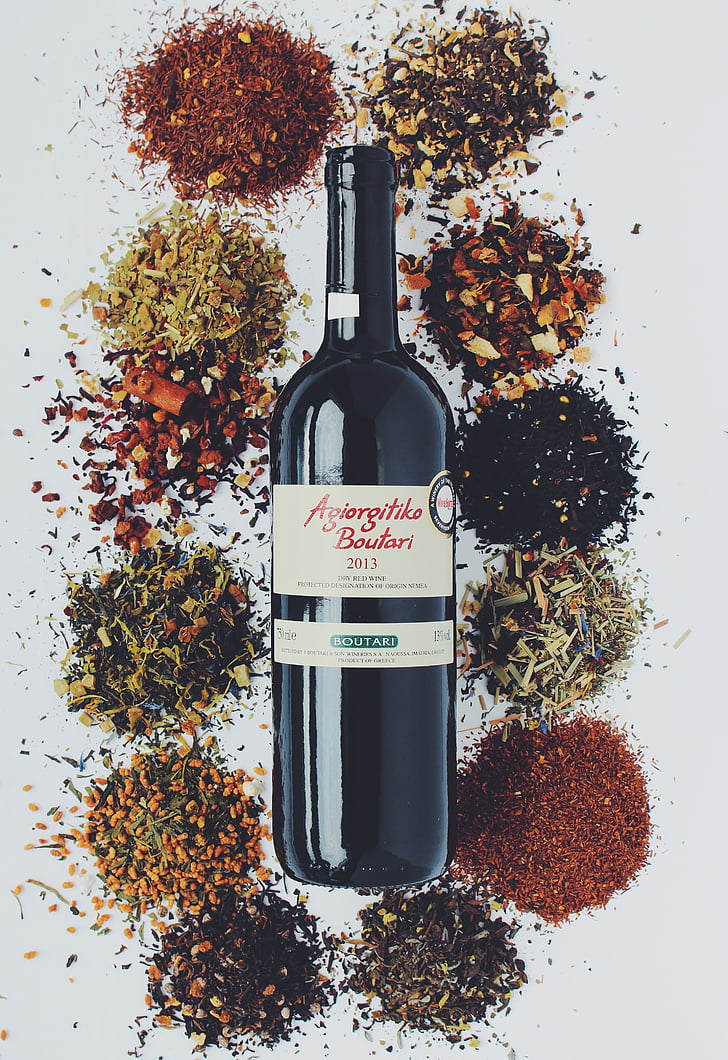Travel & Leisure, Vacations
It’s the Side of Excessive Bird Watching Tours Hardly ever Seen, However That’s Why It’s Wanted
Nestled in the heart of Mexico lies the vibrant state of Jalisco, home to a rich tapestry of indigenous cultures. From the Huichol in the rugged Sierra Madre mountains to the Purepecha in the lush Lake Chapala region, Jalisco is a melting pot of ancient traditions and modern influences. Let’s take a closer look at some of the indigenous communities that call Jalisco home.
One of the most well-known indigenous groups in Jalisco is the Huichol, also known as the Wixáritari. Living in the rugged mountains of the Sierra Madre Occidental, the Huichol have managed to preserve their traditional way of life despite the encroachment of modern society. Known for their intricate yarn paintings, spiritual ceremonies, and vibrant traditional dress, the Huichol have a strong connection to the spiritual world and the natural environment. Many Huichol people still practice traditional medicine and shamanism, relying on herbs and rituals to heal both the body and the spirit.
 Another prominent indigenous group in Jalisco is the Purepecha, who inhabit the Lake Chapala region near the border with Michoacán. The Purepecha have a long and proud history of craftsmanship, creating intricate pottery, textiles, and woodwork. They are also known for their distinctive cuisine, which features ingredients such as corn, beans, and chili peppers. The Purepecha are fiercely independent people, with a strong sense of community and a deep connection to the land. They have managed to maintain their cultural traditions in the face of modernization, making them a fascinating group to study and learn from.
Another prominent indigenous group in Jalisco is the Purepecha, who inhabit the Lake Chapala region near the border with Michoacán. The Purepecha have a long and proud history of craftsmanship, creating intricate pottery, textiles, and woodwork. They are also known for their distinctive cuisine, which features ingredients such as corn, beans, and chili peppers. The Purepecha are fiercely independent people, with a strong sense of community and a deep connection to the land. They have managed to maintain their cultural traditions in the face of modernization, making them a fascinating group to study and learn from.
In addition to the Huichol and Purepecha, Jalisco is also home to other indigenous groups such as the Nahuatl and the Tepehuán. These communities have their own unique languages, traditions, and customs, adding to the rich cultural tapestry of the state. Many indigenous communities in Jalisco face challenges such as poverty, discrimination, and lack of access to education and healthcare. However, efforts are being made to preserve and promote indigenous cultures in Jalisco, with initiatives such as language revitalization programs, cultural festivals, and community-led development projects.
Visitors to Jalisco have the opportunity to learn more about the indigenous communities through cultural tours, traditional craft workshops, and community homestays. By engaging with indigenous cultures in a respectful and responsible manner, visitors can gain a deeper understanding of the struggles and triumphs of these communities. Supporting indigenous artisans by purchasing their handicrafts and products is also a way to contribute to their economic well-being and cultural preservation.
In conclusion, the indigenous communities of Jalisco, Mexico are a vital part of the state’s cultural heritage. By learning about and engaging with these communities, we can gain a greater appreciation for the diversity and resilience of Mexico’s indigenous peoples. Whether through traditional ceremonies, artisanal crafts, or culinary delights, the indigenous communities of Jalisco offer a window into a world rich in history, spirituality, and tradition. Let us continue to celebrate and support these vibrant cultures for generations to come.
